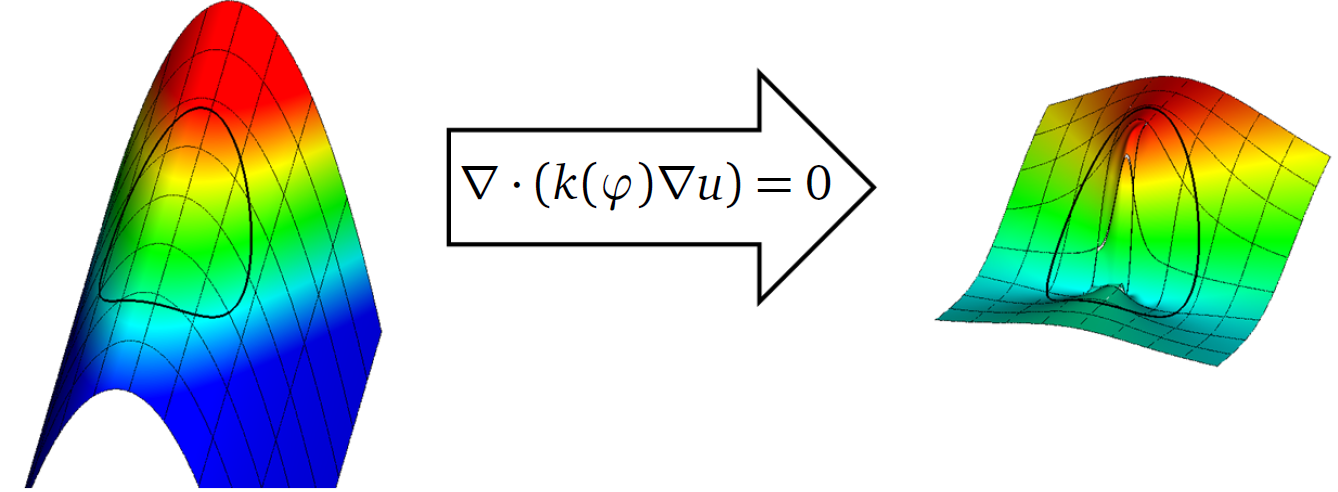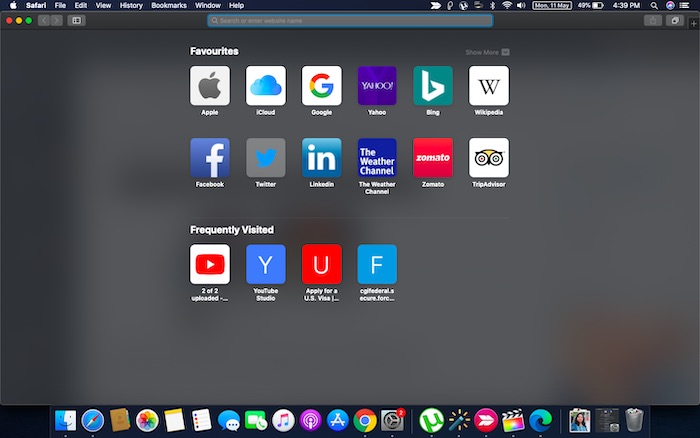

So, for example, if you call CEL.enable('omnibox.onInputEntered') all chrome.omnibox.* events (that have not been explicitly disabled) will be logged. Note that CEL.enable will enable all necessary higher level logging. Disable all chrome.tabs.* events and ĬEL.disable('tabs', 'webNavigation.onCommitted') Enable and all chrome.webRequest.* events:ĬEL.enable('tabs.onCreated', 'webRequest') The names you pass to CEL.enable and CEL.disable can be individual API calls (without the leading “chrome.”), or can be higher-level categories. Disable logging of some calls (see below). Enable logging of some calls (see below). Return a list of the chrome.* API events being ignored. Return a list of the chrome.* API events being logged. In the JS console for the extension’s background page, there are several commands you can run to adjust what is logged: Once installed, you can examine the CEL logging by visiting chrome://extensions, clicking to enable Developer mode, and then clicking the link next to the CEL icon where it says Inspect views: _generated_background_page.html

#Fluid browser extensions code
Instead of adding an event listener in your own code and reloading your extension, you can just look in the CEL log. You’re writing an extension and are unsure about whether an event is being triggered or with what arguments.Rather than guessing what the event might be and trying to find it in the API docs, you can enable CEL, perform the action in Chrome, and see what CEL logs. You wonder if there is a Chrome API event that’s triggered for some action you take in the browser.Last night I wrote CEL, a Chrome Event Logger, a Google Chrome extension that logs all known chrome.* API events to the Javascript console. You are currently browsing the archives for the browser extensions category.


 0 kommentar(er)
0 kommentar(er)
